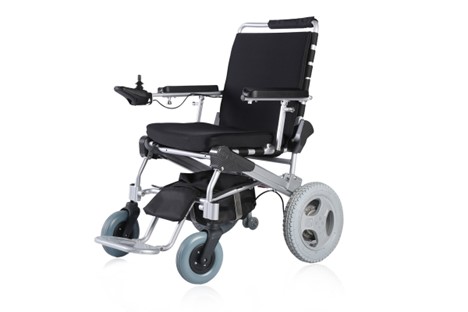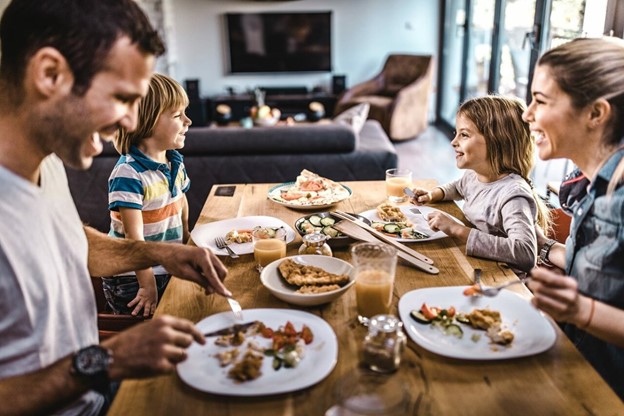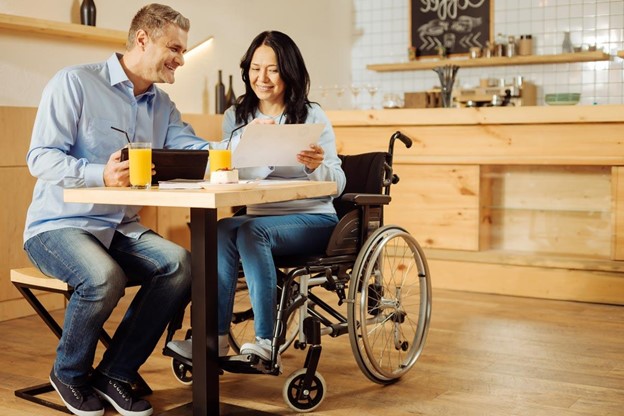This segment will provide the existing restaurant landscape in New Zealand concerning accessibility for individuals with disabilities. The current state of affairs, prevailing challenges, and diverse dining needs.
Understanding Accessibility Standards
They explore the legal framework and regulatory guidelines that govern accessibility standards in New Zealand’s restaurant industry. The specific legislation and requirements set forth by regulatory bodies provide legal obligations. These restaurants ensure accessibility for individuals with disabilities.
It emphasizes the importance of adopting a proactive and holistic approach to accessibility. They create environments usable by people of all abilities without adaptation or specialized features. It involves the needs and preferences of patrons and implementing inclusive practices.
Lightweight Portable Ramp
The Lightweight Portable Ramp provides access to using scooters or other mobility devices. They allow easy transportation. They are used in homes, vehicles, or public spaces. They can be folded or collapsed for compact storage and transportation. Portable ramps offer adjustable length options to accommodate different requirements. Lightweight portable ramps have safety rails to enhance stability and prevent accidents. These features ensure a safe and secure transition for individuals using mobility devices.
Factors Contributing to Accessibility
Factor ensures mobility impairments for those using wheelchairs. The presence of ramps or lifts for entry allows maneuverability. It involves assessing the height and placement of amenities to ensure they are reachable and usable with mobility. Menus and communication are accessible for all guests with visual or cognitive impairments, language barriers, or dietary restrictions. It provides clear and concise menu descriptions using readable fonts and layouts. They offer formats, comprehensive information on ingredients, and allergens accommodations.
Empowering and Providing Excellent Service
They emphasize comprehensive staff training to ensure that employees’ knowledge, skills, and attitudes are needed to deliver excellent service to guests of all abilities. Training programs should cover disability awareness and etiquette, accessibility regulations and guidelines, and techniques for assisting disabilities. They empower staff to understand and respond to the diverse. They create an inclusive environment where all individuals feel valued and respected.
Case Studies of Exemplary Restaurants
Restaurant prioritizes physical accessibility by ensuring premises are easily navigable with mobility impairments. They eliminate physical barriers, a welcoming environment and move around. Restaurant staff training provides excellent service to all guests. They empower staff to understand the needs of patrons. The restaurant ensures that every guest receives attentive and respectful service.
Personalized Guest Experiences
At Restaurants, guests receive personalized experiences and preferences. They offer customized menu options to accommodate dietary restrictions. They assist with seating or navigation or anticipate specific accessibility needs proactively. Prioritizing service ensures that every guest feels valued and respected.
Electric wheelchair

An electric wheelchair is a device that assists limited mobility in moving around independently. These are powered by batteries and controlled by a joystick. Electric wheelchairs feature adjustable seating options of different sizes and preferences. It includes adjustable seat height, backrest angle, armrest height, and footrest position. Electric wheelchairs prevent accidents. These anti-tip wheels, seat belts, and electromagnetic brakes automatically engage the joystick. Electric wheelchairs provide mobility, and to move with freedom around.
Challenges and Opportunities In Restaurants
Common challenges faced by restaurants in ensuring accessibility and disabilities. Communication barriers, menus or lack of staff training. Acknowledging these barriers and disability awareness creates more inclusive environments and enhances the dining experience for all patrons. The potential technology improves accessibility and enhances dining experiences. They ensure accessibility for individuals with disabilities.
Opportunities
They provide accessible information about restaurants’ digital menus or communication. They offer personalized and convenient dining experiences for patrons with disabilities. partnerships and engaging in dialogue with advocacy organizations, restaurants can gain valuable insights and preferences of individuals with disabilities. The successful collaborations and initiatives have resulted in tangible improvements in accessibility.
Tips for Diners

They offer an accessible dining experience. It covers factors researching restaurants with accessible facilities, and checking accessibility features such as ramps and accessible restrooms. They plan transportation routes that accommodate mobility needs. These visiting restaurants and diners ensure a smoother and enjoyable dining experience.
The diners are provided with effective communication strategies to advocate for their needs at restaurants. Dietary restrictions or accessibility requirements to restaurant staff when necessary. They provide feedback on accessibility barriers or concerns. By using assertive and respectful communication diners can ensure their needs. They understood and addressed it, leading to a more positive dining experience for everyone.
Dining Experiences to Encourage Improvement
They highlight the importance of providing feedback and engaging with restaurants. They encourage improvement in accessibility and inclusivity. They value sharing dining experiences, both positive and negative. They raise awareness about accessibility issues and drive positive change. They explore various channels for feedback, such as online reviews, feedback forms, and direct communication with restaurant management. They actively engage in the feedback process. They foster a culture of continuous improvement and accountability within the mining industry.
